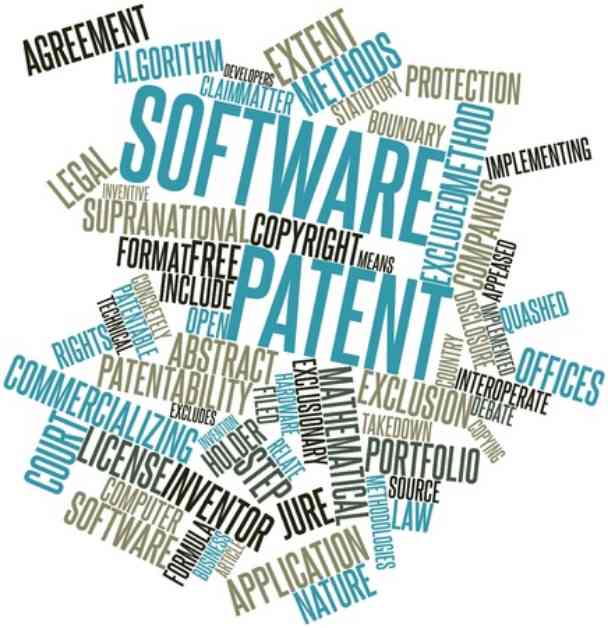Software-Related Patent Grants Update: U.S., EPO, and Chinese Trends in Mid-Year 2024
In the ever-evolving landscape of software-related patents, the debate over patentability versus abstract ideas continues to linger. As we reflect on the tenth anniversary of the landmark Alice Corp. v. CLS Bank decision by the U.S. Supreme Court, the question of what qualifies as patentable software remains at the forefront of legal discussions.
With software permeating various industries and technologies such as Artificial Intelligence (AI), quantum computing, cybersecurity, and Information Technology (IT) taking center stage, it is essential to examine the trends in patent grants by the U.S. Patent and Trademark Office (USPTO), the European Patent Office (EPO), and the China National IP Administration (CNIPA) to understand the prevalence of “software-related” patents.
Using methodologies similar to those employed by expert advisors to the USPTO, we analyzed data from the PatSeer Global Patent Database, with the assistance of IP services firm Clairvolex. Our focus was on identifying patents with software-related claims, particularly those related to AI, Machine Learning, Neural Networks, Fuzzy Logic, and other cutting-edge technologies.
For the first half of 2024 (January 1 – June 30, 2024), the following trends emerged:
U.S. Utility Patents:
– 61.0% of issued U.S. utility patents were deemed “software-related,” representing a slight decrease from the previous year.
– Within the subset of “software-related” patents, 7.9% were classified as “AI-related,” indicating a marginal increase from the previous year.
European Patents (EPO):
– 50.2% of granted EPO patents fell under the category of “software-related,” showing a slight uptick from the previous year.
– Among these “software-related” patents, 3.5% were specifically categorized as “AI-related,” reflecting a modest increase from the previous year.
Chinese Patents (CNIPA):
– 40.7% of granted Chinese patents were classified as “software-related,” marking a decrease from the previous year.
– Of the “software-related” patents granted in China, 8.0% were identified as “AI-related,” showcasing a slight increase compared to the previous year.
The Patent Bar Awaits Congressional Action:
Despite the significant data points revealed by our analysis, the patent community eagerly awaits further action from Congress. The Patent Eligibility Restoration Act of 2023 [S.2140], introduced by Senators Chris Coons (D-DE) and Thom Tillis (R-NC), remains pending before the 118th Congress. However, given the current political climate and the upcoming election year, prospects for immediate action appear slim.
Looking ahead to the 119th Congress in 2025, many in the patent field remain hopeful for legislative clarity on software patent eligibility. As we navigate the complexities of intellectual property law, the need for a cohesive framework that balances innovation with legal protection remains paramount.
In Conclusion:
The landscape of software-related patents continues to evolve, with AI and emerging technologies shaping the future of innovation. As we await further developments in patent law and legislative action, the importance of clarity and consistency in patent eligibility criteria cannot be overstated.
Stay tuned for more updates on software-related patent grants and legislative developments as we navigate the ever-changing landscape of intellectual property law.















